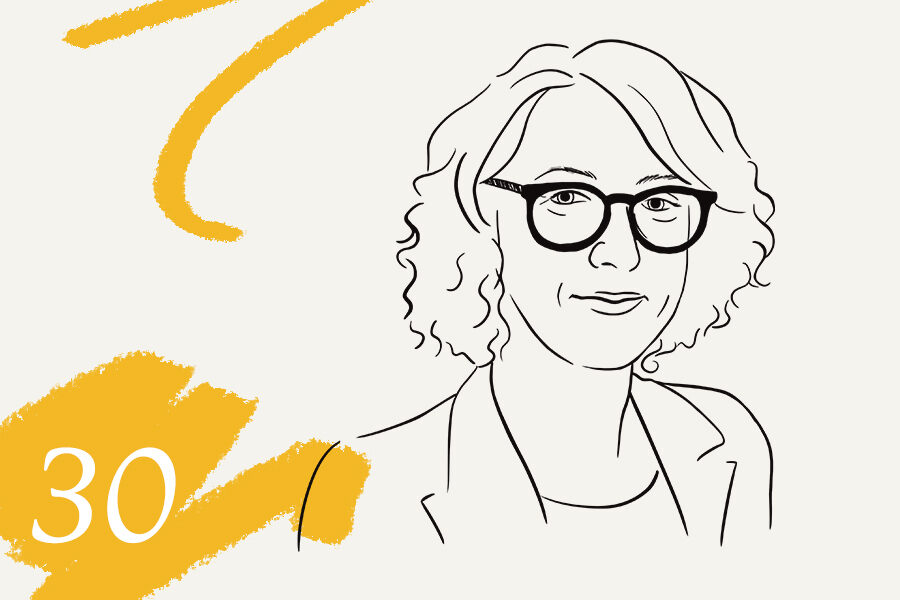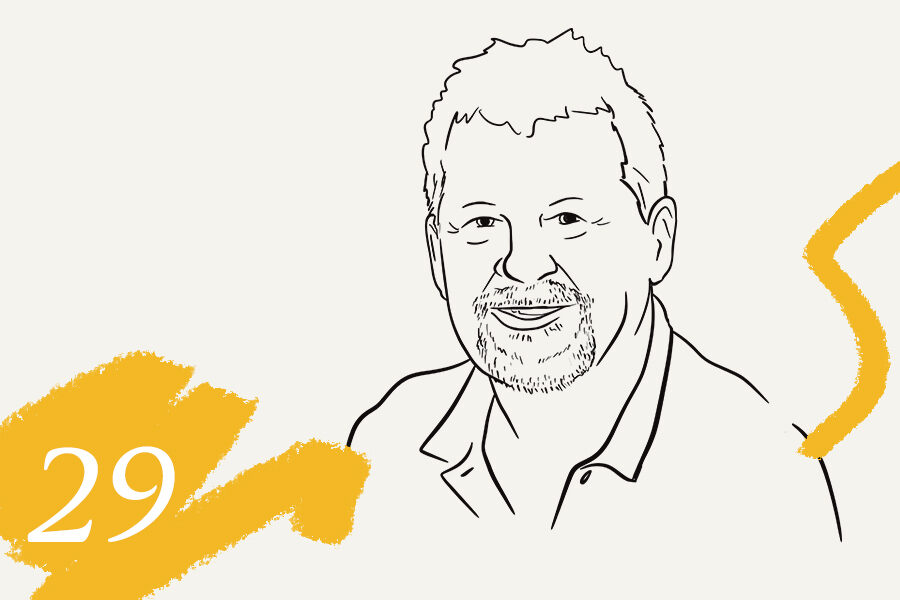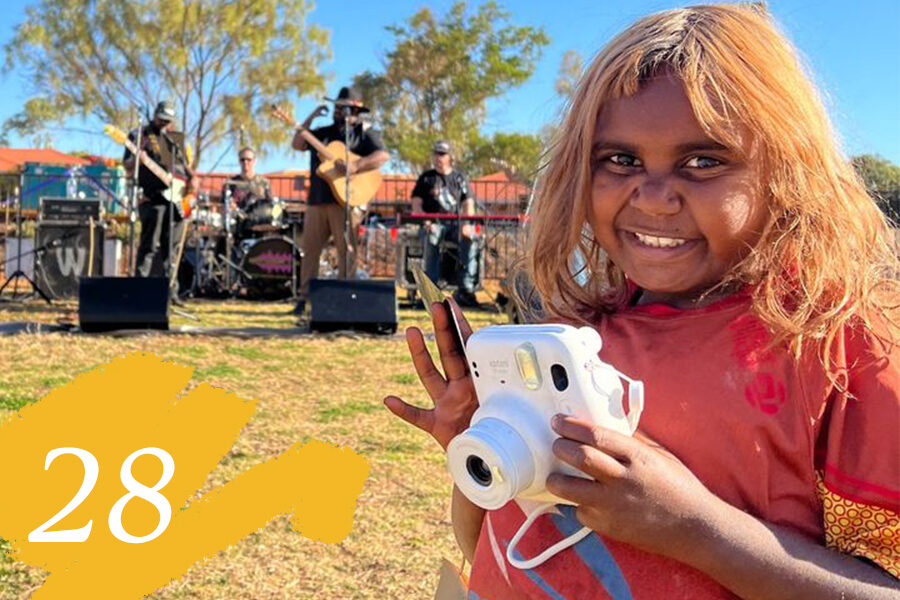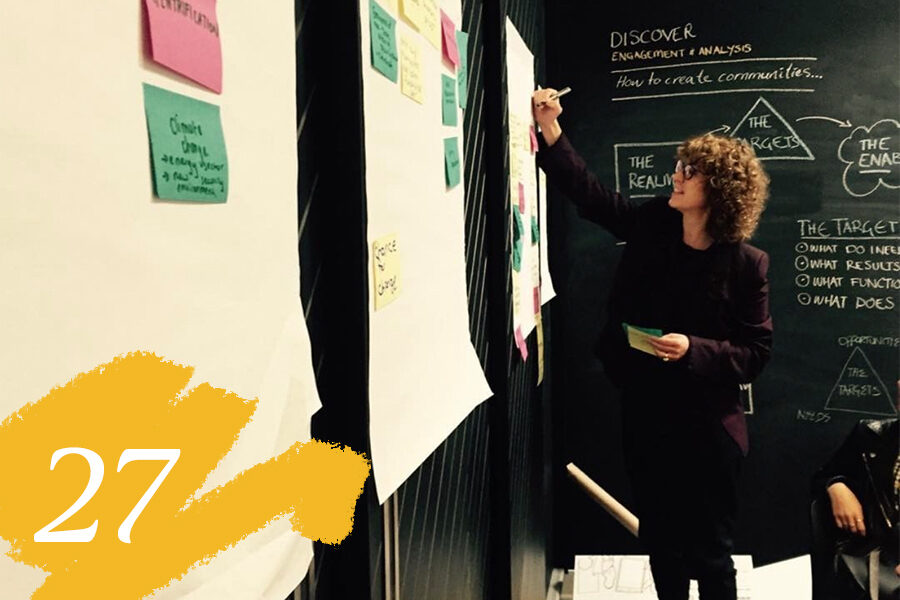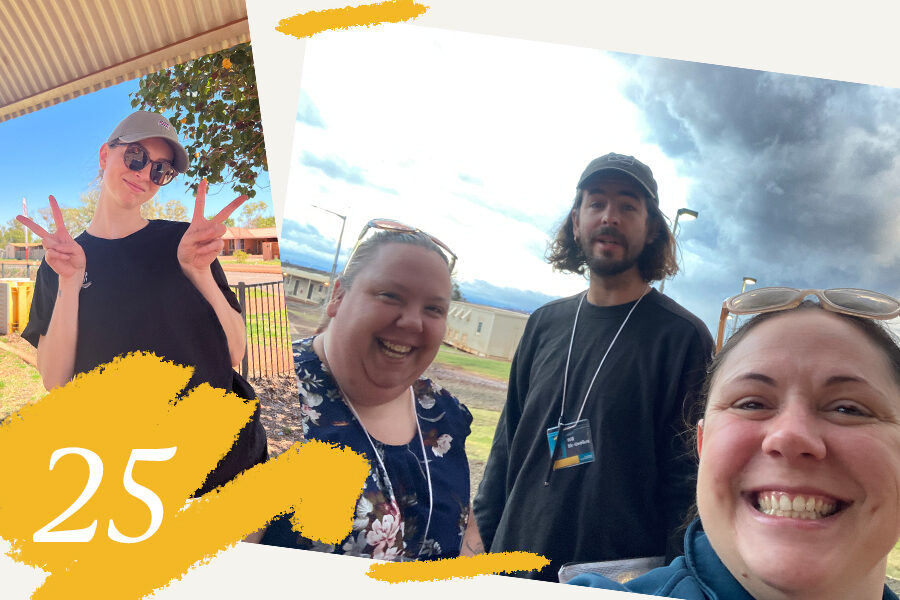
Having been in the business of community for three decades, we know that community engagement can make or break a project.
When done well, community engagement forges a pathway to discovering the nexus of interests and in turn, producing meaningful, intentional developments.
Creating Communities Director of Engagement Andrew Watt says we are seeing an emerging expectation that communities are engaged throughout the life cycle of a project. When this doesn’t happen, developers tend to meet issues of resistance and negative perceptions.
We sat down with Andrew to talk all things engagement.
What is community engagement?
In our context, community engagement involves giving people an opportunity to provide their views, aspirations and articulate their needs in relation to the projects we are working on, so we can align what they are seeking with what our clients are trying to achieve.

When in the planning and development process should community engagement happen?
It’s really important that community engagement starts up front, before any of the planning or designs are even considered. There is a whole process to engage at key points within the planning and development process to be able to inform the client about what people’s aspirations are and how they line up with what the client can and wants to deliver. If you don’t get that right from the start, then you’ll face a lot more hurdles along the way, good engagement involves the community from start to finish.
Why is this important in the process?
I think it is important because we’ve seen many projects over time where the planning is done in a bubble, without connecting with the people who are most affected by it.
It’s important to take people on the journey, so they have that input that informs good decisions and ultimately, the client ends up delivering something that is mutually beneficial to both their interests and the interests of the community.
The engagement process also allows the community to understand the decision making process and the thinking behind those decisions.
Where have you seen community engagement gone wrong, or not done at all?
We avoid what we call “design and defend” the result of this is you get a reactionary process because you haven’t taken people on the journey.
In saying that, you can still do really great engagement and just have some people who are completely against something purely because they are adverse to change or they might have a particular view of the world.
We’ve seen over the years that it is much easier to drum up fear of change, than it is to generate support. As human’s we have a fight or flight mechanism and you fight things you fear much more vehemently than putting effort into things that would be nice to have.

Where does your passion for community engagement come from?
This is an area I’m passionate about because I think it is important that everyone has their say. I’ve seen time and time again where quite often the most resourced people, with time up their sleeves, who hold a lot of the cards, get to make a lot of the decisions and they’re not always the decisions that are in the best interest of the broader community.
I also know that the community is such an untapped knowledge base. You can really get a lot out of talking to people, which can change the path of a project and steer it in a direction that will benefit all involved.
Predictions?
We’re really seeing an increasing expectation and requirement for community engagement. A lot of that comes from looking at urban planning and planning systems and looking at how that can be done better. It’s good to see this emerge as a trend, however engagement has to be done well and it has to be done in a way that is not ticking a box, it needs to have an impact and a role.
What our clients have to say;
Creating Communities are our consultants of choice for stakeholder and community engagement, especially for complex projects. Their team has expertise in building positive relationships with local community members and their consultations help to inform the planning and development of our mixed used precincts. Creating Communities’ inclusive approach ensures positive buy-in and support for the retail services and services we seek to deliver in the community.
Alicia Jones Woolworths State Manager Property Development, WA
Our team at Hames Sharley have had the pleasure of partnering with Creating Communities on a variety of urban planning and development projects over many years. We greatly value their expertise and collaborative approach to delivering outstanding engagement processes and outcomes. Their team help stakeholders and communities to understand and provide positive input into complex planning processes to reach outcomes that are mutually beneficial for both the project owners and the community. They are always able to communicate concisely and with great clarity and they are valuable collaborators within any team. We congratulate the Creating Communities team on their 30th anniversary and on what they have achieved – and we look forward to continuing to work cohesively with them in the future.
Chris Maher, Hames Sharley National Director Urban Development portfolio
